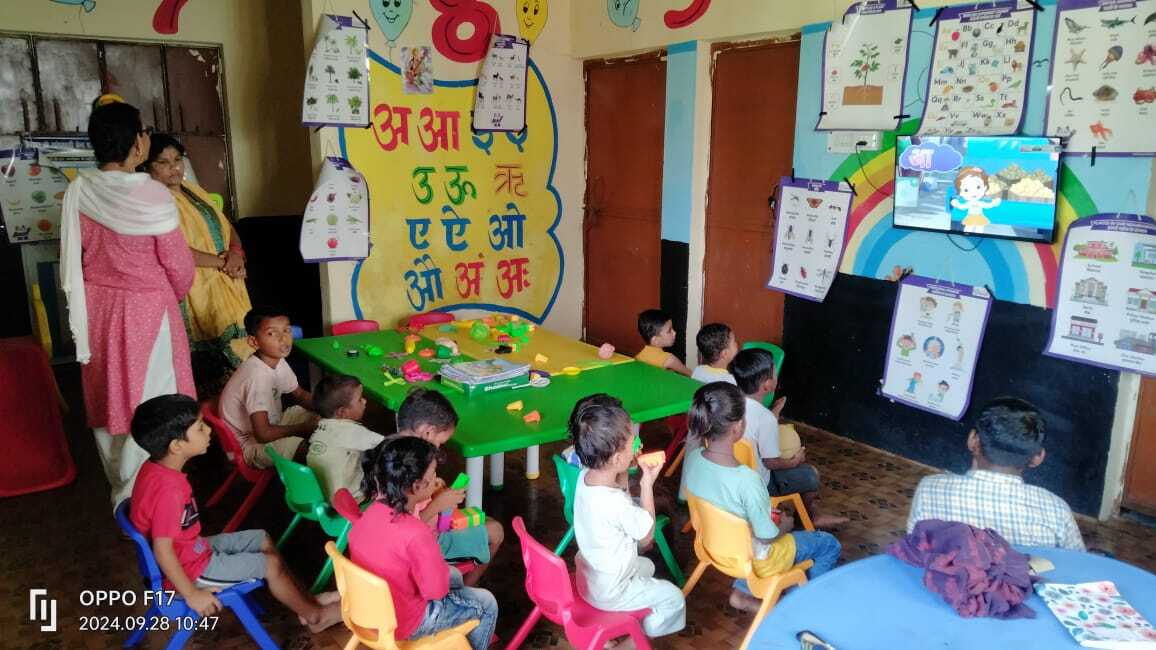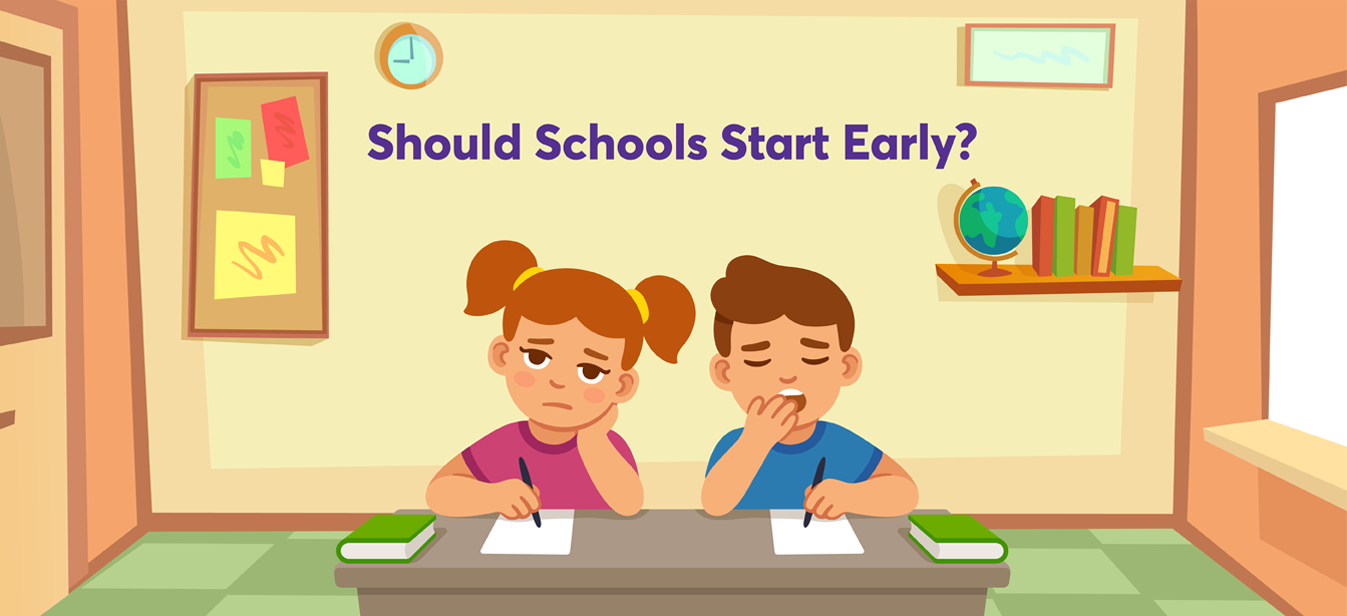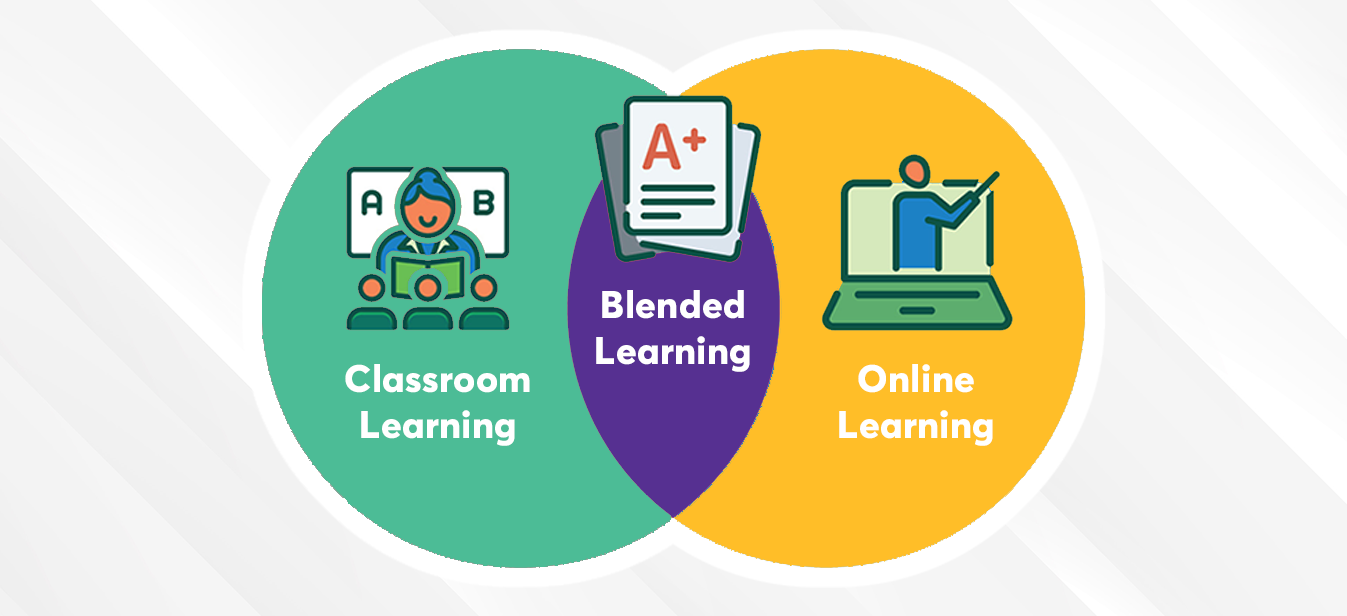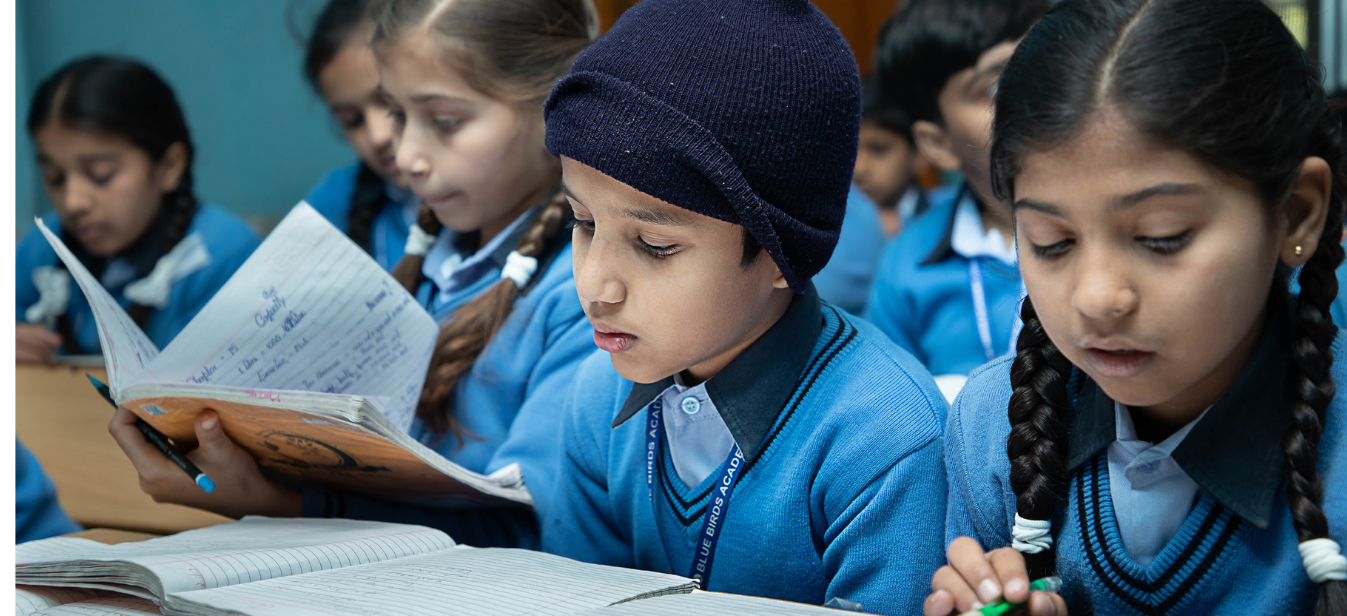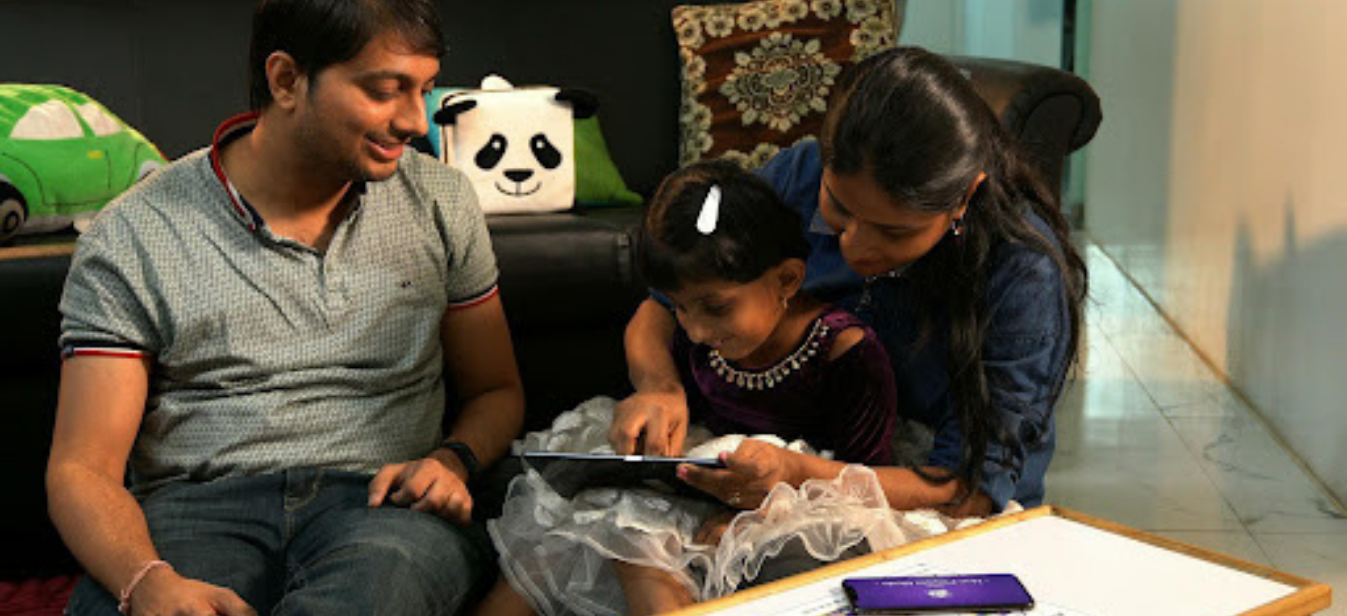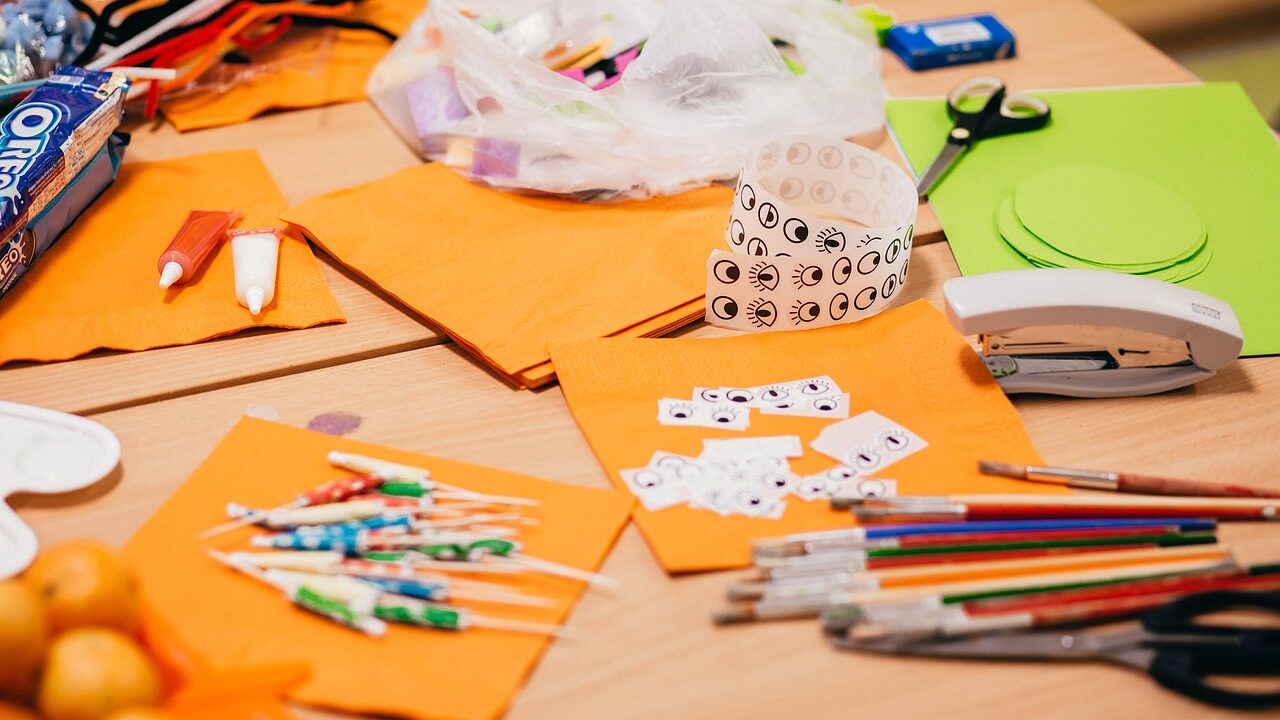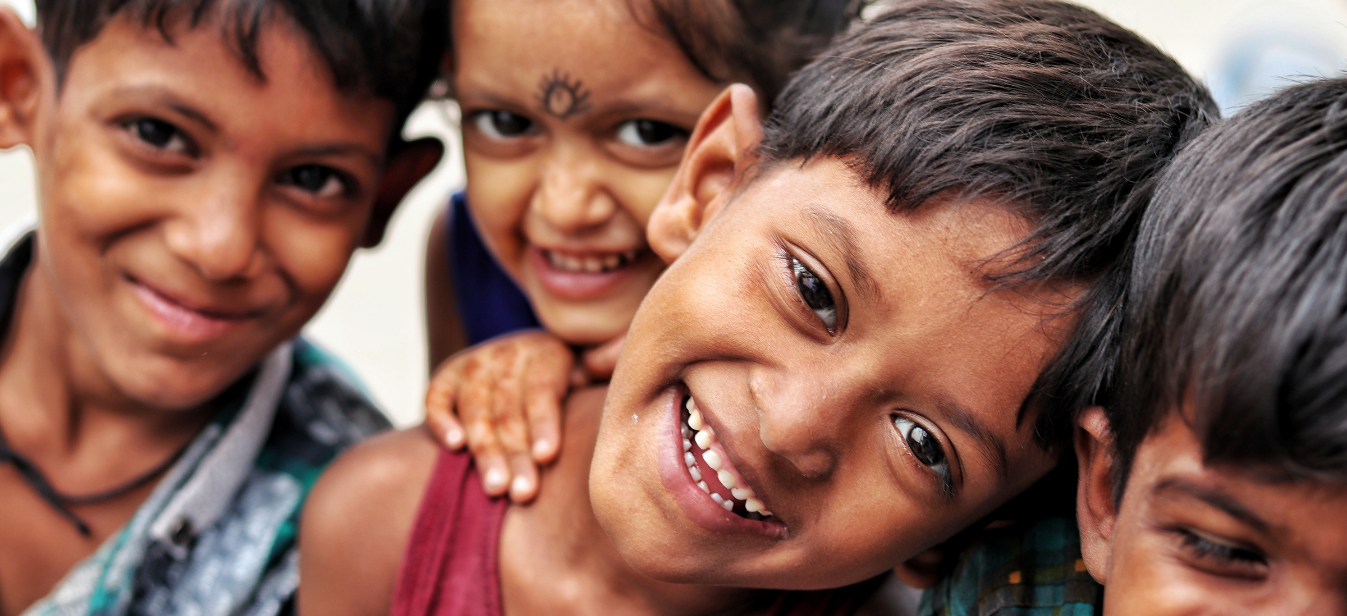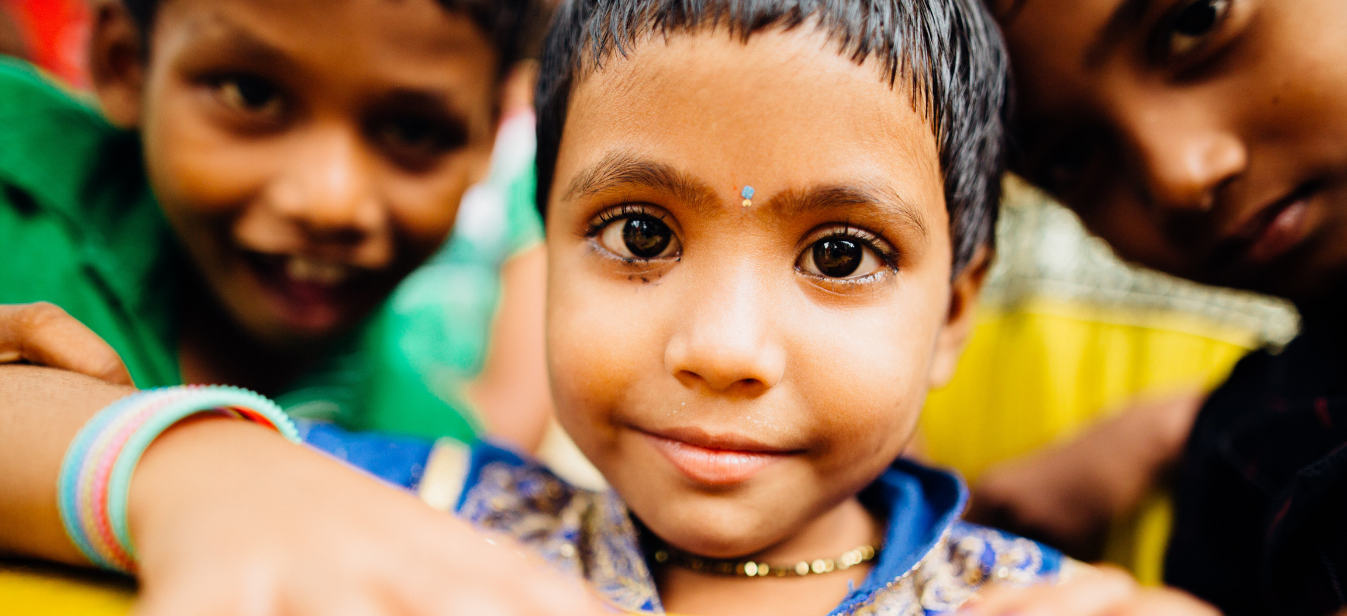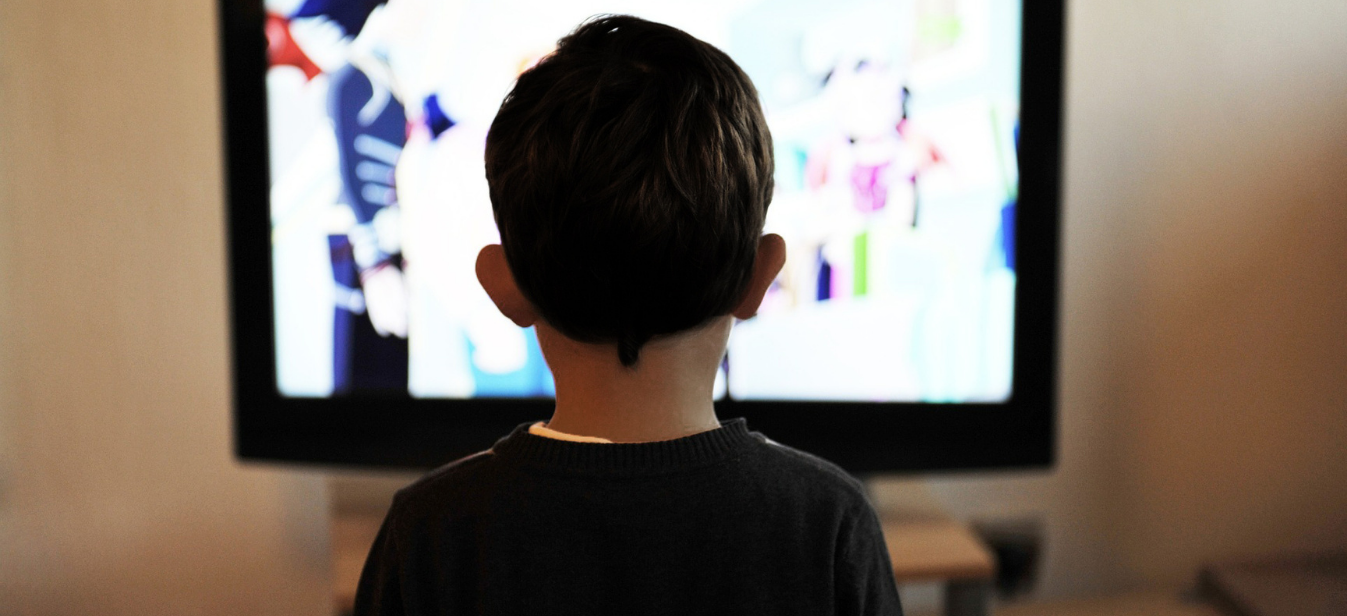Early childhood education has entered an era where the boundaries between learning, play, and technology have blurred to create richer, more engaging experiences for young learners. At Square Panda India, we believe that this fusion of tech and play goes beyond academics—it’s about holistic development. By leveraging digital tools, we are transforming education to foster not just cognitive growth but also physical, social, and emotional well-being.
Play has always been essential in early childhood education, helping children develop creativity, problem-solving skills, and social bonds. Traditionally, this meant hands-on activities like building blocks, imaginative play, and role-playing games. But now, with the integration of digital tools, learning through play has become more dynamic, tailored to individual needs, and accessible to more children than ever before.
How Technology is Enhancing Play-Based Learning
While play is a natural way for children to learn, technology offers opportunities to deepen and expand that learning. In India, children in rural and underserved areas face challenges like outdated learning methods and limited access to resources. Digital tools level the playing field and provide modern and scalable solutions.
Personalized Learning Experiences
Every child is unique, and traditional classroom settings often struggle to cater to individual learning paces and styles. Interactive digital platforms offer personalized learning journeys where each child can move at their own pace. For example, children who need extra time to grasp concepts can revisit lessons, while those who advance quickly can explore more challenging material. This adaptive learning keeps children engaged and ensures they reach their full potential.
Breaking Educational Barriers
Many children in rural areas face barriers to quality education, such as a need for more infrastructure and trained educators. Digital tools help to overcome these barriers by offering engaging, high-quality learning experiences that can be accessed in even the most remote areas. We are closing the gap between urban and rural education with low-cost solutions like ICT labs and SMART classrooms.
At Square Panda India, our digital platforms are designed to be accessible to schools with limited resources, empowering communities to provide the best learning environments for their children.
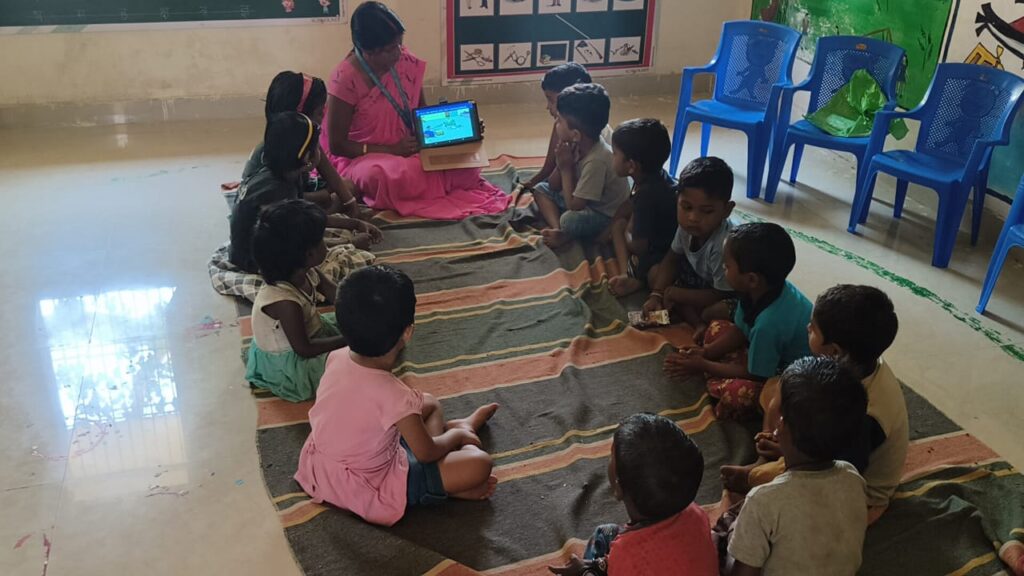
Holistic Learning Through Gamification
Learning through play isn’t just about having fun – it’s about nurturing the whole child. By integrating gamified elements—such as points, rewards, and challenges—digital tools motivate children to engage deeply with content while developing critical thinking, creativity, and social-emotional skills. Gamified learning transforms education into an interactive, stress-free adventure where children are encouraged to think outside the box and solve problems collaboratively.
At Square Panda India, our gamified learning programs engage young learners in a fun, interactive way. These programs go beyond traditional learning methods, incorporating games and activities that promote physical health, emotional well-being, and social awareness. By blending play with learning, we ensure that children not only grasp foundational concepts but also build important life skills in an enjoyable, meaningful environment. This approach encourages children to explore, interact, and grow, making learning a delightful and comprehensive experience.
Promoting Well-Being and Physical Activity
Education shouldn’t just take place at a desk. Interactive digital tools provide opportunities for physical movement and mindfulness, ensuring that children develop healthy habits from an early age. Many of our digital platforms integrate activities that encourage breaks, promote physical play, and reduce screen time. This balance supports children’s mental and physical well-being, which is essential for their overall growth and development.
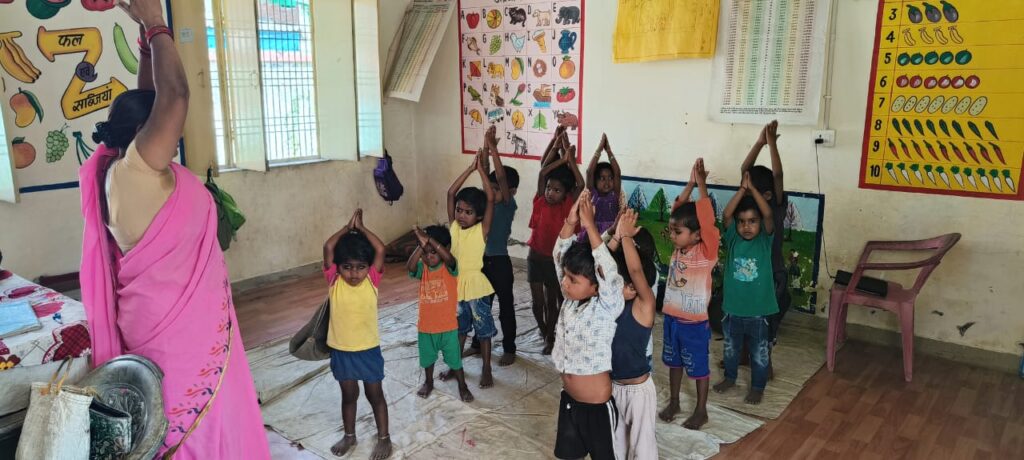
Square Panda India’s Holistic Approach to Early Education
At Square Panda India, we don’t just focus on academic skills—we take a broader view of what children need to thrive. Our approach to education is holistic, recognizing the importance of cognitive, emotional, social, and physical development. We are committed to nurturing the whole child and ensuring that learning environments support every aspect of a child’s growth.
Transforming Anganwadis into Holistic Learning Hubs
Regardless of location or background, every child should have access to an education that fosters their overall well-being. Our work transforming Anganwadis into vibrant, tech-enabled learning hubs is at the core of this mission. By integrating digital tools and play-based learning activities, we are turning these centers into spaces where children can develop critical academic and life skills while building confidence, resilience, and emotional intelligence.
Empowering Educators and Communities
Holistic learning also means empowering the key stakeholders in a child’s education—teachers, parents, and the community. Our educator training programs focus on equipping teachers with the skills and knowledge they need to use digital tools effectively, creating personalized and engaging learning experiences for every child. We also involve parents and caregivers, offering guidance on supporting their children’s learning and development at home.
Fostering 21st-Century Skills
The future demands more than just academic knowledge. Today’s children must develop 21st-century skills like creativity, collaboration, adaptability, and digital literacy. Our digital platforms are designed to cultivate these skills, ensuring that children are prepared for future challenges. By blending technology with play, we help children develop the critical thinking and problem-solving abilities to serve them throughout their lives.
A Future of Playful, Holistic Learning
As we look to the future, it’s clear that technology and play will continue to shape early education. But the true potential of this transformation lies in its ability to nurture the whole child—academically, socially, emotionally, and physically. At Square Panda India, we are committed to creating learning environments that foster holistic development, ensuring that every child can reach their full potential regardless of their background or circumstances.
With our interactive digital tools, personalized learning pathways, and commitment to holistic growth, we are revolutionizing early education in India. Together, we can build a brighter future where every child has the opportunity to learn, play, and thrive.

